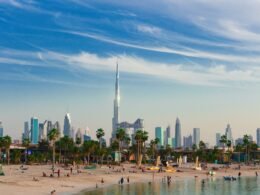Spending a few days in Bangkok is almost a rite of passage for anyone touring Southeast Asia. As Thailand’s vibrant (and at times hectic) capital, simply walking the streets of Bangkok is an adventure in itself, thanks to its vibrant colours, flavourful aromas, and rich culture.
Although its reputation precedes it, Bangkok is more than just a city that never sleeps. Tucked away in its labyrinth of streets, you’ll find peaceful temples, lively markets, and of course, authentic street-side dining.
Like most cities, a short stint in Bangkok is the perfect amount of time for a taste of what it’s all about. To help you make the most of it, we’ve created this ultimate guide to 72 hours in Bangkok. So, if you wanna hear our hot take on what to do, where to eat, and where to stay in the city, then keep reading!
Things to do and see in Bangkok
Explore Bangkok’s magnificent temples
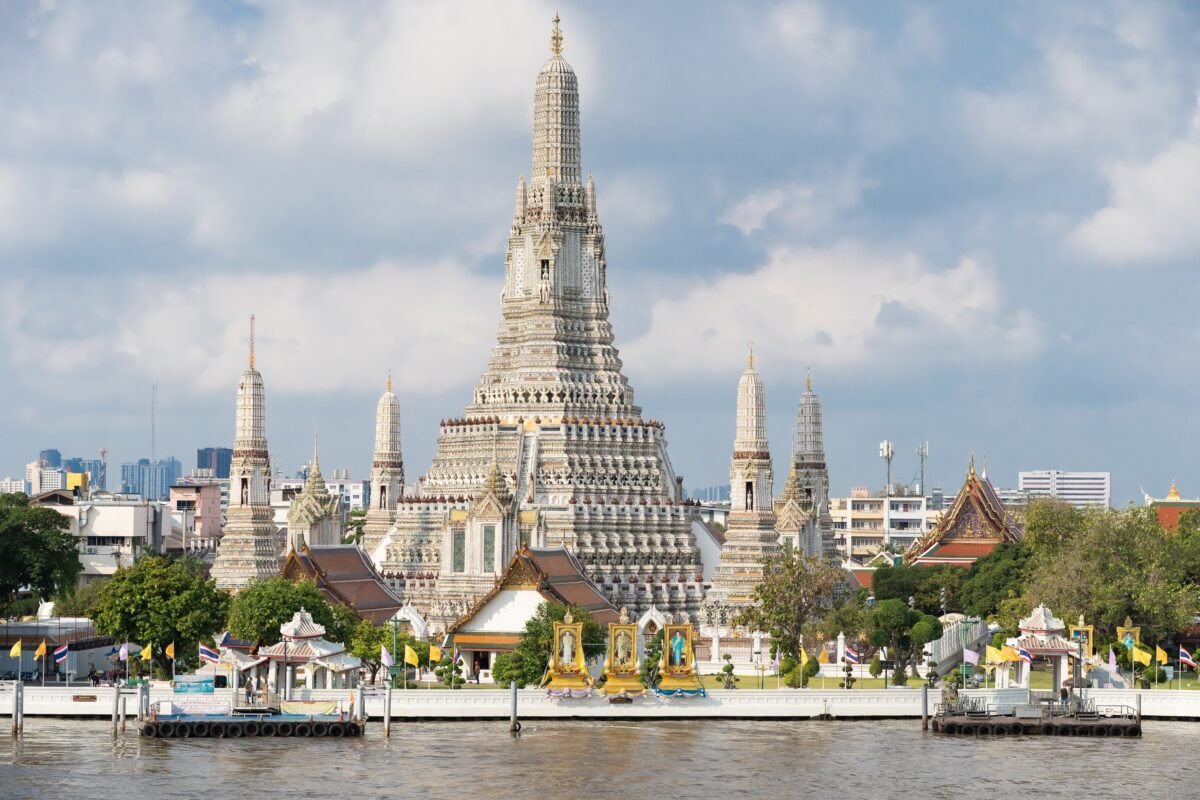
As a predominantly Buddhist country, it comes as no surprise that Bangkok is filled with beautiful temples (or ‘wats’ in Thai). While you could easily spend weeks visiting temple complexes alone (that’s no exaggeration – Bangkok is home to over 400 temples!), a few stand out from the crowd.
By far the most visited temple in Bangkok is Wat Phra Kaew, or the Temple of the Emerald Buddha. The temple dates back to 1784 and can be found inside the grounds of the Grand Palace. As its name suggests, it is home to the Emerald Buddha, which is thought to be the most important Buddha statue in the country. The Emerald Buddha is shrouded in mystery, and no one knows exactly how old it is or where it originated from.
Other must-visit temples in Bangkok are Wat Pho and Wat Arun (a personal favourite). Wat Pho, or the Temple of the Reclining Buddha, is most renowned for the impressive 46-metre Reclining Buddha statue which is the largest in the city!
Wat Arun, or the Temple of Dawn, sits on the banks of the Chao Phraya River with an elaborate 82-metre Khmer-style tower that makes it hard to miss. A closer look reveals colourful glazed porcelain motifs and murals decorating the temple’s outer walls.
Hit up one of the city’s markets
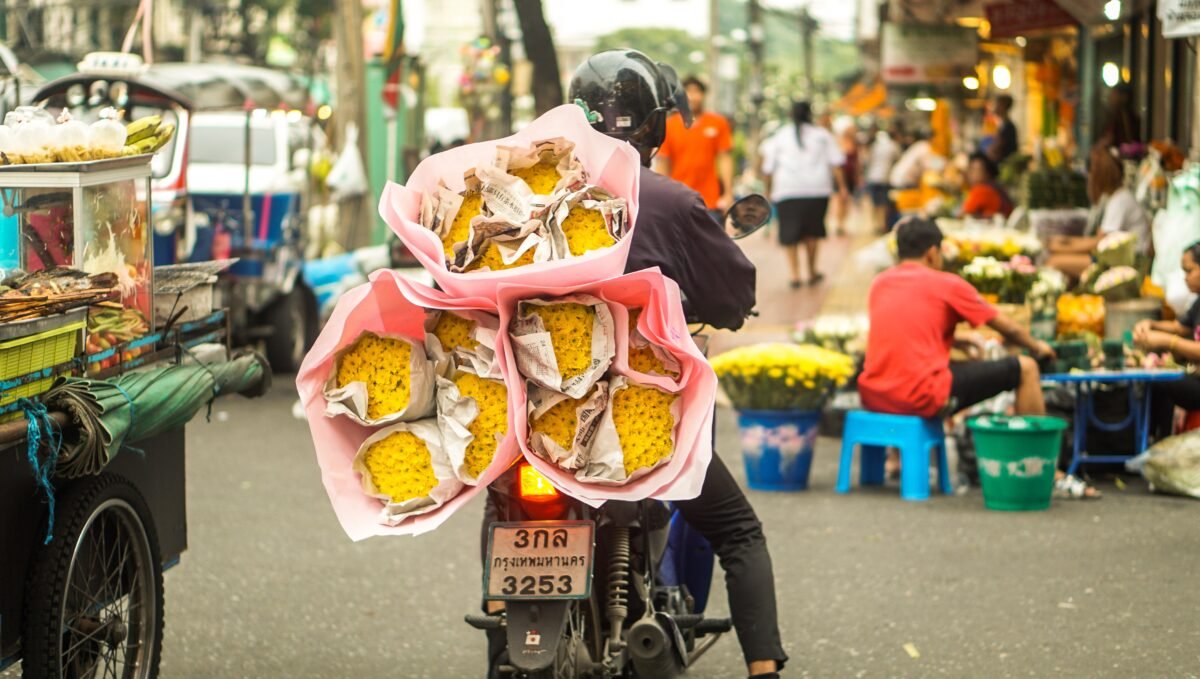
Markets (more specifically night markets) are a huge part of Thailand’s identity. We love a good market as much as the next person and have rounded up our favourites to visit in the city, both during the day and once the sun sets.
Pak Khlong Talat is Bangkok’s lively 24-hour flower market. It’s a riot of colour with exotic flowers at every turn and sweet scents filling the air. You’ll find orchids, lilies, jasmine, chrysanthemums and more, sold as bouquets or as beautiful garlands (usually given as offerings to Buddhist temples and spirit houses).
For unique items and bargain hunting, we recommend Talad Rot Fai Night Market. This open-air night market is most impressive on the weekends and you’ll find everything from antiques, to vintage decor, to clothes. It’s a little far from central Bangkok, but with countless street food stalls and bars, you could easily make a whole evening of it!
Lastly, we recommend Chatuchak Weekend Market, one of the world’s largest open-air markets, with over 15,000 stalls spread out over 35 acres. Plan to spend at least a couple of hours here, checking out the plants, the clothes, the quirky antiques, and of course grabbing a mouth-watering meal.
Enjoy the nightlife
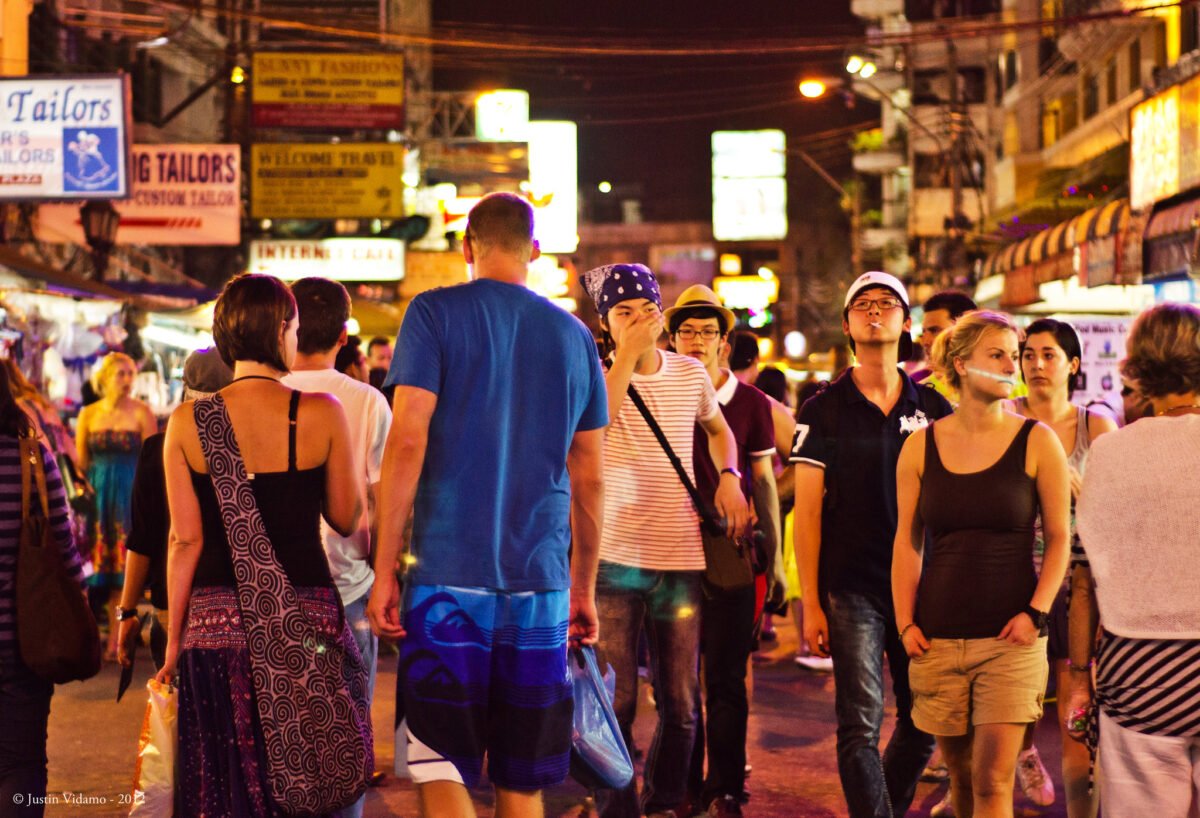
Bangkok’s world-famous nightlife is a mixed bag of fancy rooftop bars, mega clubs, and backpacker hubs. Then, you have the red light districts… It’s hard to ignore the elephant in the room, which is Thailand’s sex tourism industry. While we don’t condone engaging in these kinds of activities (prostitution is illegal in Thailand FYI), you might want to check out these after-hour haunts for yourself and grab a drink. If you do, be wary of scams, hidden costs, and being pressured into spending more money.
Now, some places we do recommend checking out are the clubs on Royal City Avenue, the streetside bars of Khao San Road, and of course, Bangkok’s fabulous rooftop bars. Royal City Avenue is a hotspot for clubs and a popular area for young Thais to let off some steam. Route 66 (hip hop/trance) and Onyx (EDM) are two of the most popular. One thing to note is that clubs in Thailand close relatively early (between 12am and 2am), so don’t expect to be partying til the sun comes up!
If you’re looking to splash some cash and enjoy some of the best views of the city, then head to a rooftop bar. CRU Champagne Bar has 360-degree city views, with signature champagne cocktails on the menu. If you’re not looking to blow your entire budget in one night (we don’t blame you) then head to Legend Roof Bar, one of Bangkok’s more affordable spots.
Last but not least we have Khao San Road. This backpacker mecca hardly needs an introduction, it’s chaotic, it’s busy, it’s wild – no visit to Bangkok would be complete without stopping by.
Marvel at the museums
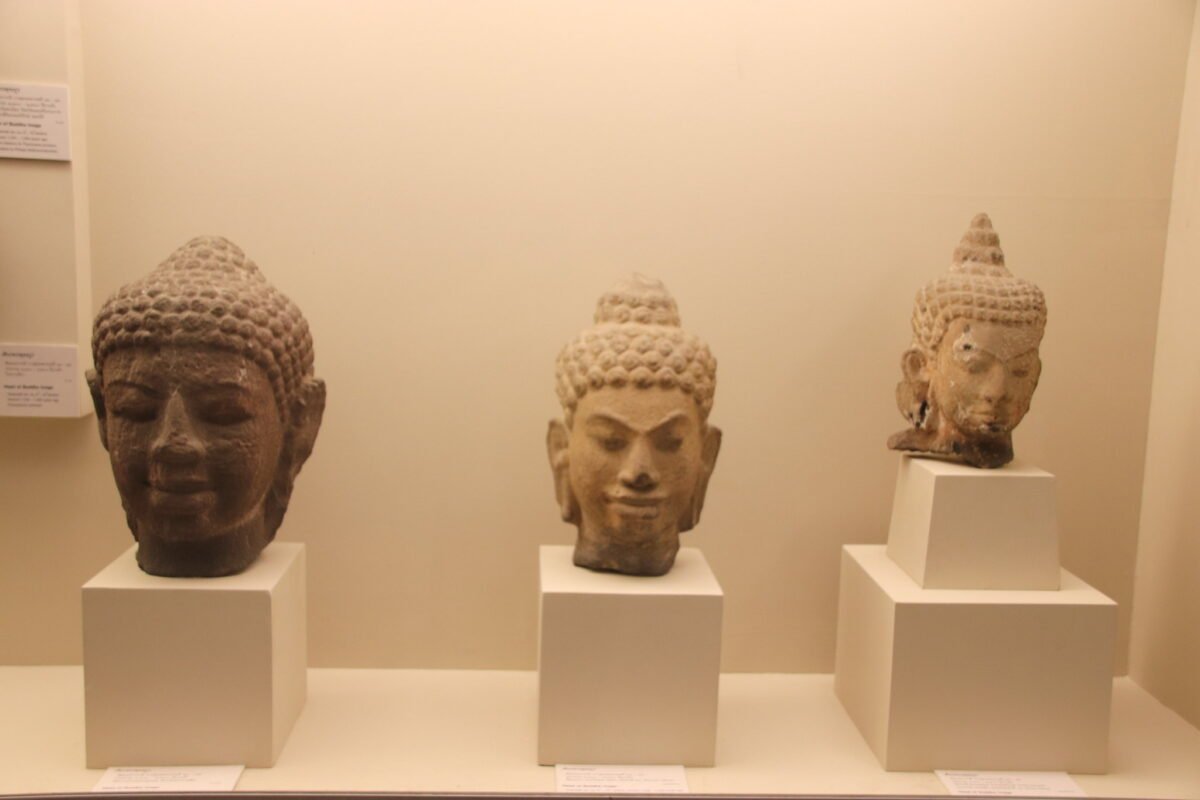
One of the best things about big cities is the plethora of fantastic museums, and Bangkok is no exception! The city is home to the Bangkok National Museum, said to be the largest museum in Southeast Asia. It’s one of our favourite places to learn about Thailand’s history, with artefacts dating back to the Neolithic period.
The Museum Siam is another fantastic museum, with fun interactive exhibits that teach you about Thai history and audio guides available in several languages. If you’re not generally a big fan of museums, this one might just change your mind! The main exhibit ventures into ‘Thainess’, examining the local culture, food, and dress.
Another museum we love is the Bankokian Museum, a small folk museum with three restored heritage houses. The houses are decorated in a typical mid-20th-century style, and still contain vintage photos of the owners. It’s an amazing off-the-beaten-path museum for those who like something a little out of the ordinary.
…and more
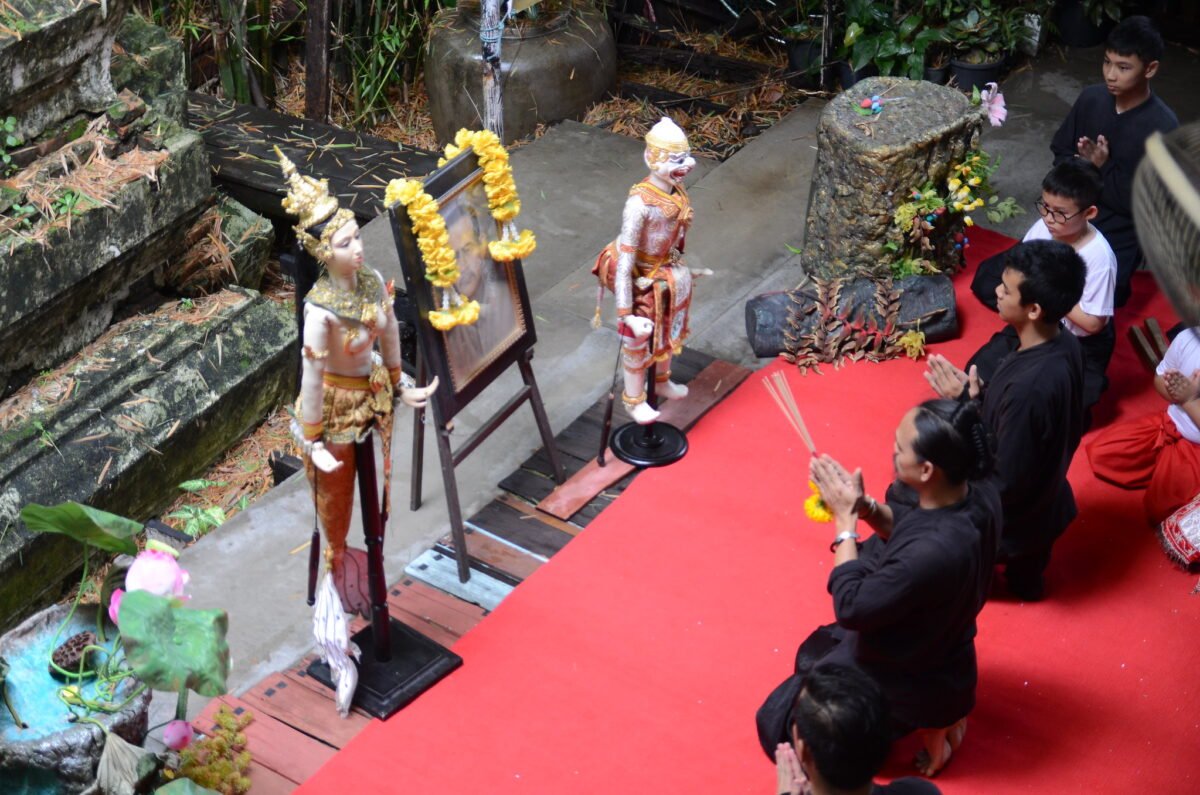
There’s lots more to do in vibrant Bangkok, so, if hitting up museums or enjoying the nightlife isn’t really your thing, you’ll still be able to find plenty of ways to fill up your 72 hours!
We highly recommend checking out a Muay Thai fight while you’re in the city. You’ll be able to find a show pretty much any day of the week, and if your budget is a little tight, MBK Mall has free events from time to time. You can learn more about where to catch a fight here.
For those with more of an appreciation for the arts, catching a Thai puppet show is a must. Thai puppetry dates back roughly 300 years, and although the practice is slowly fading from Thai culture, it’s still possible to catch a show.
Head over to Artist House, a gorgeous 200-year-old home-turned-cafe filled with art along one of Bangkok’s canals. You can book a private show in advance, or, on weekends, you can walk over to nearby Wat Bang Chak to catch a performance by the Vayubut Youth Team.
Where to eat
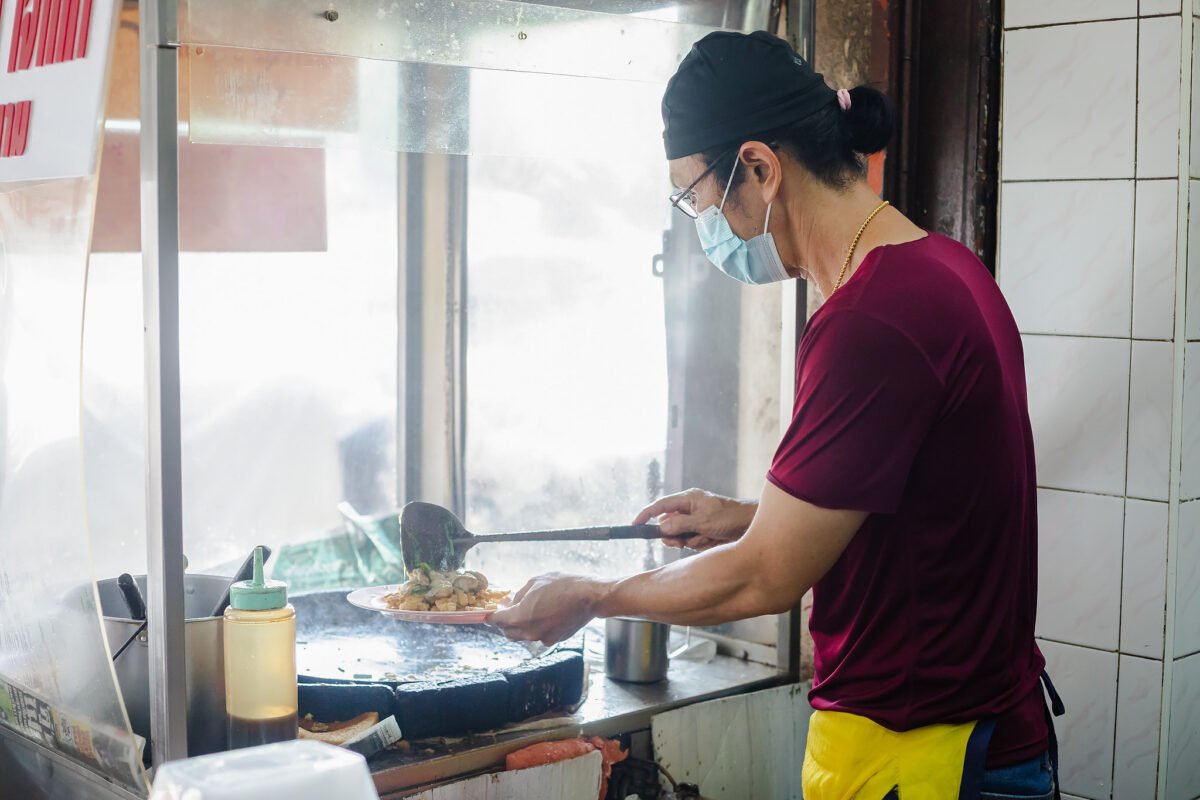
No guide to Bangkok would be complete without including some amazing places to eat. Having been crowned the ‘world’s street food capital’ it’s no surprise that you can easily find delicious and authentic Thai food around every street corner. That, coupled with Bangkok’s 30 Michelin Star restaurants, makes for a foodie heaven.
A good place to start hunting for a mouth-watering meal is Chinatown. As the largest Chinatown in the world, you won’t have to look too far to come across something tasty. Nai Mong Hoi Thod is a Chinatown institution, and Mr Mong has been serving his Thai-style oyster omelettes (Hoi Thod) for over 30 years. For meat lovers, we suggest scouting out Xie Lao Yee Hor, for a plate of barbecue pork served with rice and a blackened egg.
For more traditional flavours, Pad Thai and Tom Yum are readily available wherever you go. Jeh O Chula (or Jay Oh) is a Michelin Bib Gourmand, known for its Tom Yum, although you’ll find plenty of other dishes on the menu (be prepared to wait, as during peak times, locals will line up for up to two hours!).
Another Michelin Bib Gourmand, known this time for its Pad Thai, is Pad Thai Fair Ta Lu on Dinsor Road. As soon as you venture into this small eatery, you’ll get a waft of roasted pork, used to top their signature Pad Thai.
Where to stay

There’s no shortage of great accommodation in Bangkok, but we’ve rounded up our top budget, mid-range, and luxury picks:
- $$$ Chakrabongse Villas – A beautiful five-star hotel set in a former royal residence on the banks of the Chao Phraya River. The rooms have traditional decor, but you’ll find all the comforts of the modern world, such as mini-fridges and TVs.
- $$ The Raweekanlaya Bangkok – This is another five-star hotel in a historical residence, however, there’s a range of room types, from mid-range to luxury. Luckily, whichever room you choose, you’ll have access to the beautiful tropical gardens and pool.
- $ Mad Monkey Hostel – Whilst Mad Monkey Hostels have a reputation for their great vibe and budget-friendly prices, we think their ‘Southeast Asia Golden Ticket’ really sets them apart from the crowd. For a fixed price you can stay in any Mad Monkey Hostel in Southeast Asia (think Cambodia, Malaysia, etc.) within a 30-day period – perfect for backpackers!
The best time to visit Bangkok
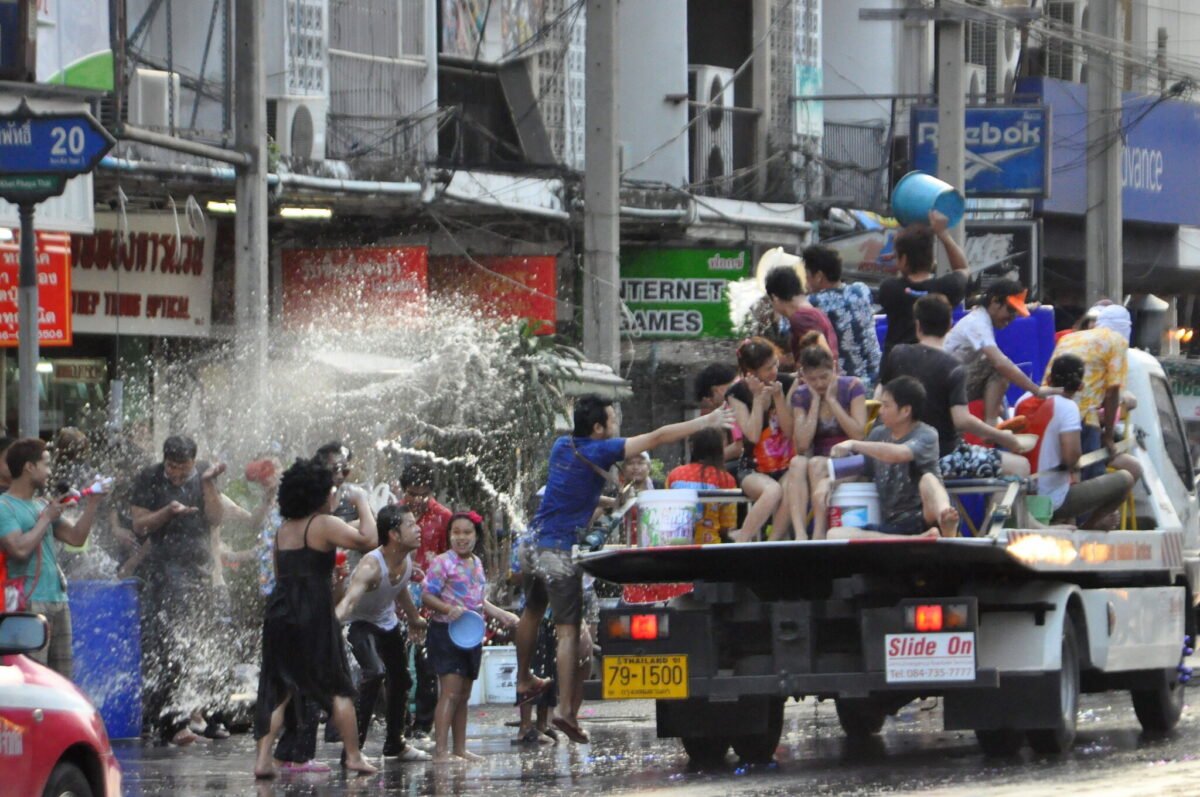
We think Bangkok is brilliant at any time of the year, but if you’re after great weather or cheaper prices, then some months are better than others. November to February is the best time to visit for sunshine and fewer showers, as the rainy season runs from mid-May to October.
The cheapest time to visit is between April and October when flights and hotels have discounts. However, as you read above, these months are the most humid and prone to rain. But, we think it’s still a great time to visit!
In terms of festivities, Songkran, or the Thai New Year, is one of our favourites. It happens during April each year, transforming the Bangkok streets with parties, loud music, and friendly water fights. Loy Krathong (the Festival of Lights) and Chinese New Year are also worth seeing in the city.
Bangkok tips
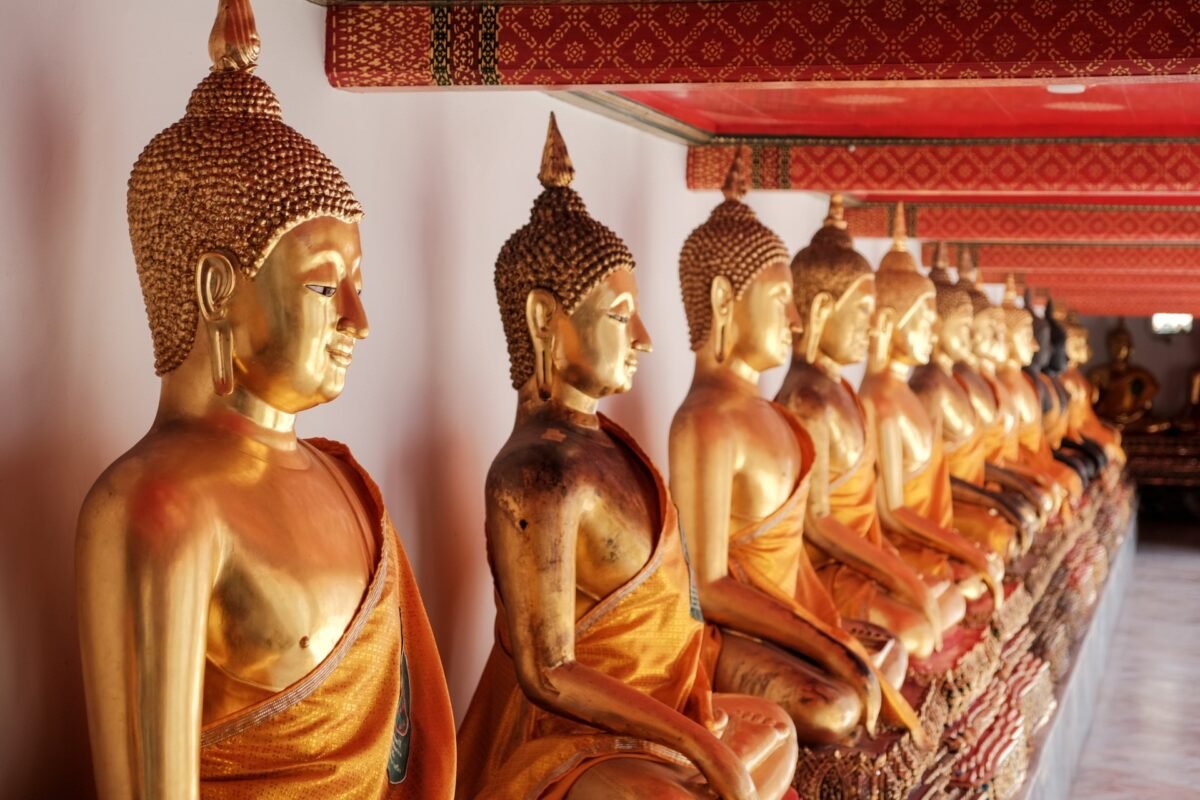
How to get around
There are several ways to move around the city, but by far the best way to travel through Bangkok is by the Metro or Skytrain. By hopping on a train you’re able to avoid the city’s notorious traffic and navigate your own way around fairly easily.
Taxis are metered, cheap, and readily available, but thanks to the city’s crazy traffic, they might not be the most practical way to travel (especially since you only have 72 hours!).
Tuk tuks are a must-experience in Thailand and work similarly to taxis – you flag them down. They’re also fairly cheap, but be wary of some drivers who may try to bring you somewhere or overcharge you.
Local customs
Whether you’re visiting Bangkok for a few days or are planning to travel throughout Thailand, these local tips might come in handy:
- Many temples in Thailand have a strict dress code. Men need to wear long trousers and have their shoulders covered and women must do the same.
- It is highly disrespectful to touch, point, or turn your back on a Buddha statue.
- It is illegal to speak ill of the Thai Royal family or to deface local currency.
- Known as ‘the land of smiles’, Thai people aren’t big on hugging or touching. So, instead of shaking hands or hugging to say hello, press your palms together in a prayer-like pose and bow head slightly. Congratulations! You’ve just learned how to do the ‘wai’, a typical greeting in Thailand.
Final thoughts
In a vibrant capital city such as Bangkok, you’ll inevitably find lots to see and do. The city is a patchwork of markets, temples, and eateries just waiting to be discovered.
Hopefully, our 72-hour guide to Bangkok has covered all the bases, but, if we missed anything out, feel free to comment below!











